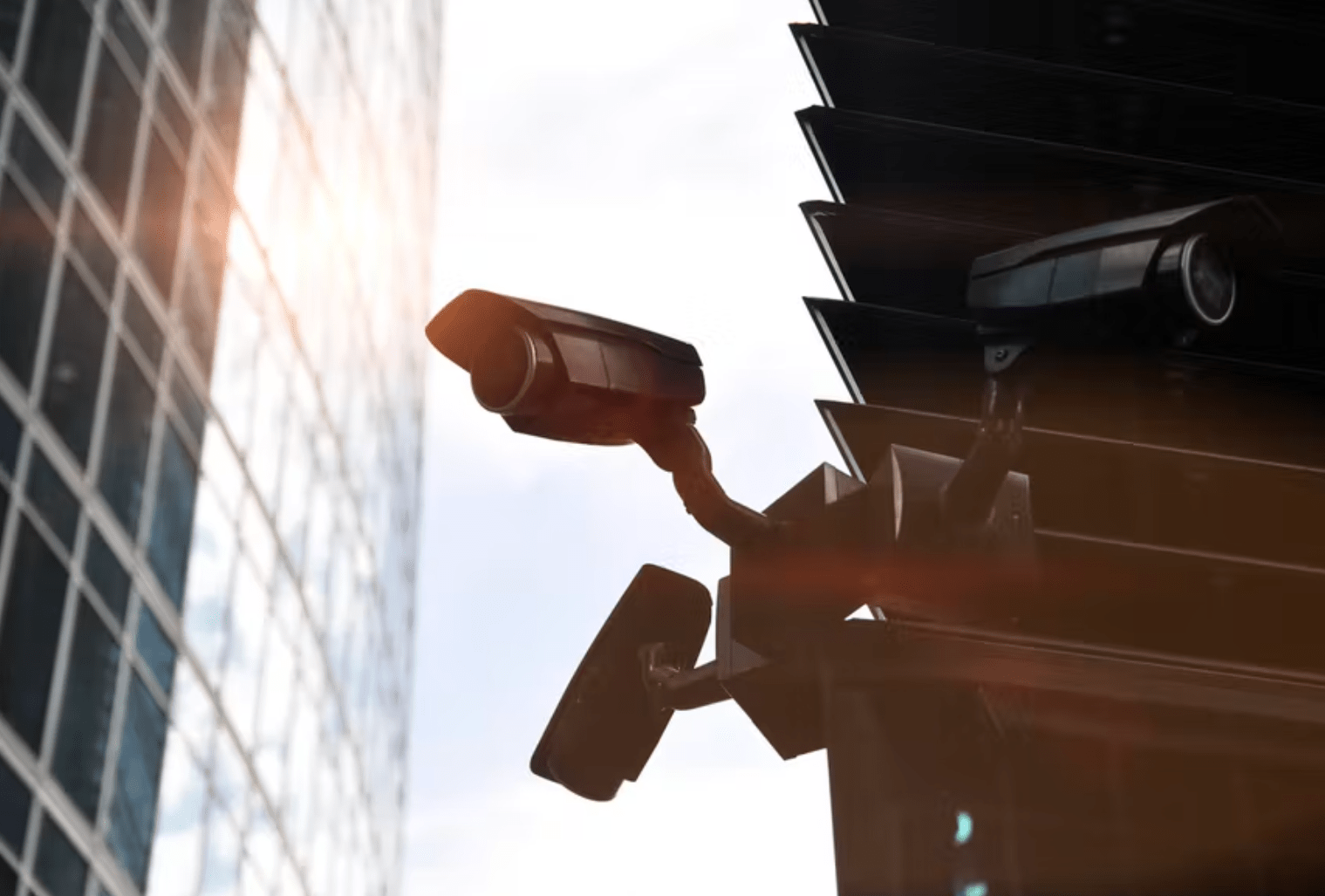Video collection in US smart cities: can privacy come first?
Smart cities and connected transportation are revolutionising urban living through data-driven technologies, IoT devices, and real-time analytics. In fact, the US smart and connected cities market is predicted to surpass $1 trillion over the next decade.
Vast troves of data are collected from various sources, including sensors, mobile devices, and city infrastructure, which enables city administrators to monitor and analyse everything from traffic patterns and energy consumption, to waste management, mobility options and public transportation efficiency.
New York, a smart-city pioneer, already successfully employs smart devices for waste management and air quality monitoring. Smart parking has also been introduced in different cities such as San Francisco’s “SFPARK” to enable drivers to easily find free parking and allow operators to charge accordingly.
Amidst these advancements, safeguarding privacy, especially within smart-city video collection, is crucial.
The video surveillance angle
As cities embrace interconnected systems, video cameras have become ubiquitous, offering valuable data insights and real-time monitoring.
Real-time monitoring of public spaces enables prompt response to emergencies, criminal activities, or accidents. Video feeds can be integrated with AI-powered algorithms to detect and alert authorities about suspicious behaviour or potential security threats.
This proactive approach improves emergency response times, making cities safer for residents and visitors alike.
Smart traffic cameras equipped with advanced analytics help optimise traffic signals and identify congestion-prone areas, leading to smoother traffic flow and reduced emissions. City planners can use video data to design more pedestrian-friendly spaces and ensure efficient allocation of resources for infrastructure development.
For instance, in Boston, smart devices can measure user interactions and collect data collects data about the behaviours of drivers, pedestrians and cyclists across roads, traffic lights, and crossings, to ultimately help improve the enforcement of traffic rules.
However, the extensive use of video collection demands a careful balance between enhanced surveillance and safeguarding privacy and individual liberties.
Striking the right balance: protecting data privacy
Sensors, cameras, and other IoT devices constantly collect information about citizens' movements, preferences, and behaviours. While this data is invaluable to optimise city services and enhance urban experiences, it also raises critical privacy considerations.
As smart cities are usually integrated and connected to the Internet, all of that connected data is susceptible to potential hackers. In 2015, a Russian-linked attack cut the power of 230,000 Ukranians, and an Iranian attack compromised the electricity of roughly 40 million Turkish people.
As cities continue to become smarter and more heavily integrated, many more services will be open to attack and correct security and privacy precautions need to be taken. Cities must implement stringent policies to ensure that video collection adheres to data protection regulations.
Privacy and efficiency do not have to clash - the two can go hand in hand.
Video anonymisation techniques can be employed to blur faces and other personally identifiable information, safeguarding the identity of individuals in recorded footage. This can facilitate the right balance between privacy and optimising video collection and smart technology to improve transport systems and operations.
Smart cities are here and in coming years, the technology will only continue to progress. It is paramount to pursue this trajectory in a way that is both innovative and respects the privacy of personal data.



